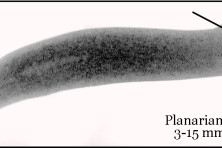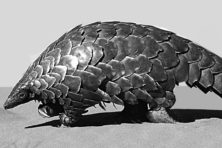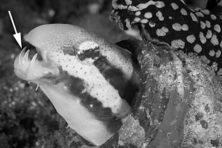Science Snippet: Immune System of Mammals
- Share
- Tweet
- Pin
- Share
The immune system of mammals is complex and depends on the coordinated action of a number of cell types. One type is called a dendritic cell and is characterized by its many filamentous projections. When a virus or bacterium sticks to a dendritic cell, it goes nuts, for its responsibility is to activate the immune system. These cells engulf invasive viruses or bacteria, take them apart in acid compartments, and shove pieces of them to their surface. These pieces are called antigens. Thereafter the dendritic cells are “turned on” and eventually make contact with T-cells, another kind of immune cell. It’s as if the dendritic cell says to T-cells, “Look what I have…now remember the antigen I present and run around and destroy any virus, bacteria or any of our own cells that are infected.” Activated T-cells become excited and eat and digest any antigen or infected cell they encounter. They also activate another kind of T-cell that dumps acid on invaders or on infected cells. It’s all in a day’s work for the immune system. (Science, 2016, Jan. 29; Nature Cell Biol., 2015, vol. 18, Dec. 7; ncbi.nih.bov/books/NBK21070 article by Bruce Alberts.)




